The content of the article
Having discovered an inappropriate living creature in a flower pot, you do not need to rush into a panic and beat it with a fly swatter. It is necessary to adequately assess the situation and take feasible measures that can prevent or mitigate the consequences. You can take a couple of methods from your grandmother's box into service, or turn to a familiar grower for help.
Why do gnats start in flowers
The reason for the appearance of insects is only one factor. This is waterlogging. Excess moisture leads to the fact that sleeping microorganisms wake up and continue to develop in acidified soil. In the warm season, this is almost imperceptible, since the soil dries quickly enough and they do not have time to multiply. But in winter, when the hot rays of the sun rarely get on the flower garden, the situation is heating up. Unsuitable water for irrigation can serve as an additional catalyst.
However, in order for insects to appear, the soil must be infected. There are several ways of infection. The first option is unlikely, but possible. This is the use of low-quality land from a flower shop. Soil is usually tested, but some manufacturers neglect this. The second option is the use of contaminated soil from the nearest forest or park. It has the highest content of potential pests. And the last option is to purchase an already infected plant. It is most difficult to predict, because externally on a new plant, this rarely appears immediately.
Such cases are not uncommon, but from an already infected flower, insects can move to the nearest specimens, for example, from a neighboring balcony.
Moisture-loving plants, including violets, fuchsias, begonia gerbera, are usually the first to suffer, and tomatoes are included in the list of indoor vegetables.
Types of midges on flowers
Despite such a common problem, midges have few species. The most common are 1-2. But they, like all insects, have various stages of development that cause harm. These are already adult individuals - flies or midges, as well as their larvae - an intermediate stage of development. Adult parasites are white and black in color and a pair of single wings. They develop quickly enough, fly from one plant to another, laying eggs in the ground. Larvae have a translucent appearance and are localized in the upper layers, but they actively affect the root system of indoor flowers. The harm received from them is expressed in the general weakness of the plant due to violation of the root nutrition, yellowing of the leaves, a decrease in the number of buds or even their absence.
Is flower midge dangerous for humans
Despite the fact that these pests cause difficult damage to plants, they do not give anything to people other than psychological discomfort. It is not necessary to expect bites and poisoning from them, but the resulting stress due to damage to a favorite flower is sometimes much worse.
More harm will be done to a person only by the means by which he fights this problem. Aggressive chemical and toxic substances that come to the mind of the owners of the injured plants spoil the quality of the inhaled air, leave burns on the hands and symptoms of poisoning when not used carefully. This is due to banal sloppiness, exceeding the permissible concentration of the drug and non-compliance with the instructions attached to it.
How to get rid of midges in indoor colors
This is not the first time that people have encountered this misfortune, and therefore have found ways to combat this problem.They can conditionally be divided into primary and radical measures, which are used for severe defeat. Due to the fact that the plants that are located in the room while being closed to free air are processed, the methods should be the least harmful to others and, in fact, the plant itself.
The easiest way to reduce soil moisture. The easiest way to stop watering or reduce it to a minimum. So, the nutrition of microorganisms is disrupted, and they interrupt the cycle of their development. However, this method has its drawbacks. The most important of these is malnutrition of the plant itself. In the case when it is already weakened by the pest, this method is an extreme measure, since it creates a new threat. After its application, it will be necessary to save the flower again, but already from drying out.
Additionally, ash or calcined sand can be used to drain the soil. They will also reduce moisture in the surface layers of the soil. But their layer should be large enough.
For faster removal of excess moisture, it is necessary to increase the evaporation surface. To this end, you need to loosen the top layer. This should be done carefully, since the first manipulations can be accompanied by the active movement of insects, and they can get into the mouth, nose, eyes.
Phytoncides and plant substances with active aromas can be used to scare off midges. These are garlic and peel of citrus fruits. They have the most concentrated essential oils that affect microorganisms. The method of their application is simple and consists in placing crushed crusts and cloves in the upper layer of the earth. An addition to this procedure can be the use of water infusion (not a decoction!) Of garlic gruel. They need to moisten plants and soil. The optimal concentration per 1 liter of water is 3 heads of garlic. The spraying operation is best carried out in an open space, for example, in the yard or at least on the balcony, in order to avoid excess aroma. Those who want to avoid it at all should use dry mustard for irrigation with diluted water.
In addition to such tools, household chemicals can be used. The best way to fight fungi is potassium permanganate, and can help in this case. The optimal concentration of its solution is determined visually. The color of the liquid is pale pink. An excess of manganese in excess of the dose will overshoot the plant roots. As a result, not only insects, but also a flower will not remain. Therefore, irrigating the soil, it is important to observe the measure. In this case, it is better to re-process than to immediately throw the plant into a landfill.
The same principle applies a mild soap solution. Do not use gels, shampoos with dyes and fragrances, the best assistant to the hostess is laundry soap. Its piece must be turned into shavings and diluted with water at room temperature.
Well, to prevent the spread of existing flying midges, you can arrange traps from ordinary tape or duct tape to catch flies.
If for some reason the described folk methods do not work, there is only one sure option - replacing the soil with a new one. The infected soil will need to be eliminated, the roots cleaned of its debris and larvae. The pot must be thoroughly washed with detergent and dried, then filled with new soil and transplanted flower.
Chemicals for midges
When home methods do not help, you have to use heavy artillery - use insecticides. It is important not to resort to the use of aggressive chemistry. It negatively affects the organisms around, especially if it is children. Therefore, it will be correct to use biological products. These are not aerosols, but liquid solutions based on biomaterials such as processed plants and beneficial bacteria. Most often they are available in liquid concentrated form, which must be diluted with clean water before use. But its details should be re-read on the packaging.Another form of the drug is dry tablet or rod-shaped compressed mixture. They release active substances when immersed in moist soil and infect the pest. Thanks to this, it is impossible to poison a person. The names of the drugs differ depending on the company and the country of manufacture, so it is better to consult the seller about what is available.
In some cases, non-standard measures help. For example, the use of electric repellents to get rid of volatile pests.
Prevention of the appearance of midges
You can prevent the occurrence of insects on the windowsill or in the floor pot using a set of protective measures. First of all, they relate to the quality of the soil. It is not recommended to use land for transplanting plants from the forest and the garden without making sure of its safety. To do this, it must be dried in the sun or frozen. In addition, the soil should be treated with protective chemicals.
To prevent rotting of the roots and their defeat by midges from excess moisture in the pots, it is imperative to lay drainage - expanded clay, broken shards, shells, small stones.
Do not fill the plant, even if it requires active watering. The soil should be moist, but not turn into dirt. Vitamin complexes should be used to protect plant immunity and increase their resistance to parasites and diseases. For fertilizer, it is strictly forbidden to use litter, manure, tea leaves and similar waste.
When the first signs of infection appear, it is necessary to isolate the affected plant and only after that carry out cleaning and restoration measures. Do not be afraid to experiment, as inaction will finally kill the indoor flower.
Puppies in a flower pot - not a sentence. And call them scary monsters only out of a reverent love for houseplants or special phobias of individuals. But this problem can be effectively combated. Proof of this, the above examples and ways to eliminate midges and their immediate family.
Video: how to get rid of midges on indoor flowers and seedlings

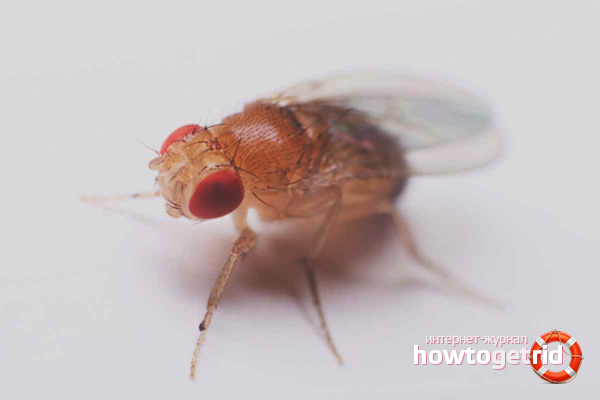

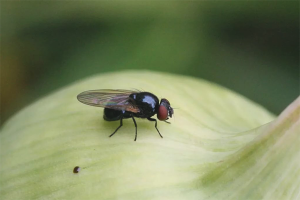
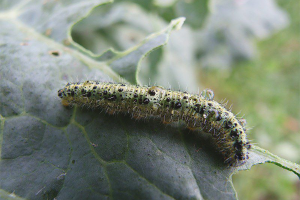
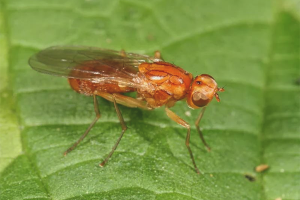
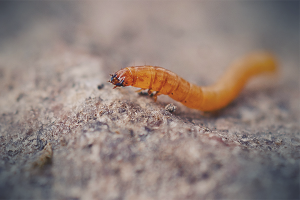
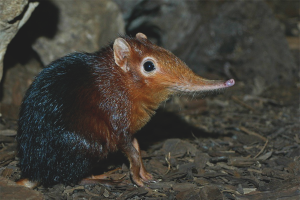
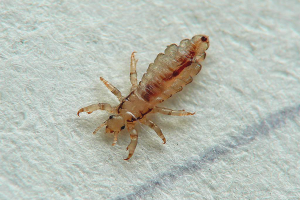
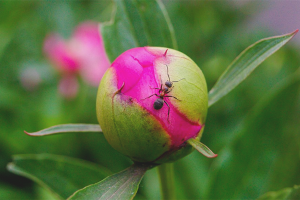
Submit
My friend advised against midges to use tobacco dust. In addition to scaring midges, this dust is also good fertilizer.